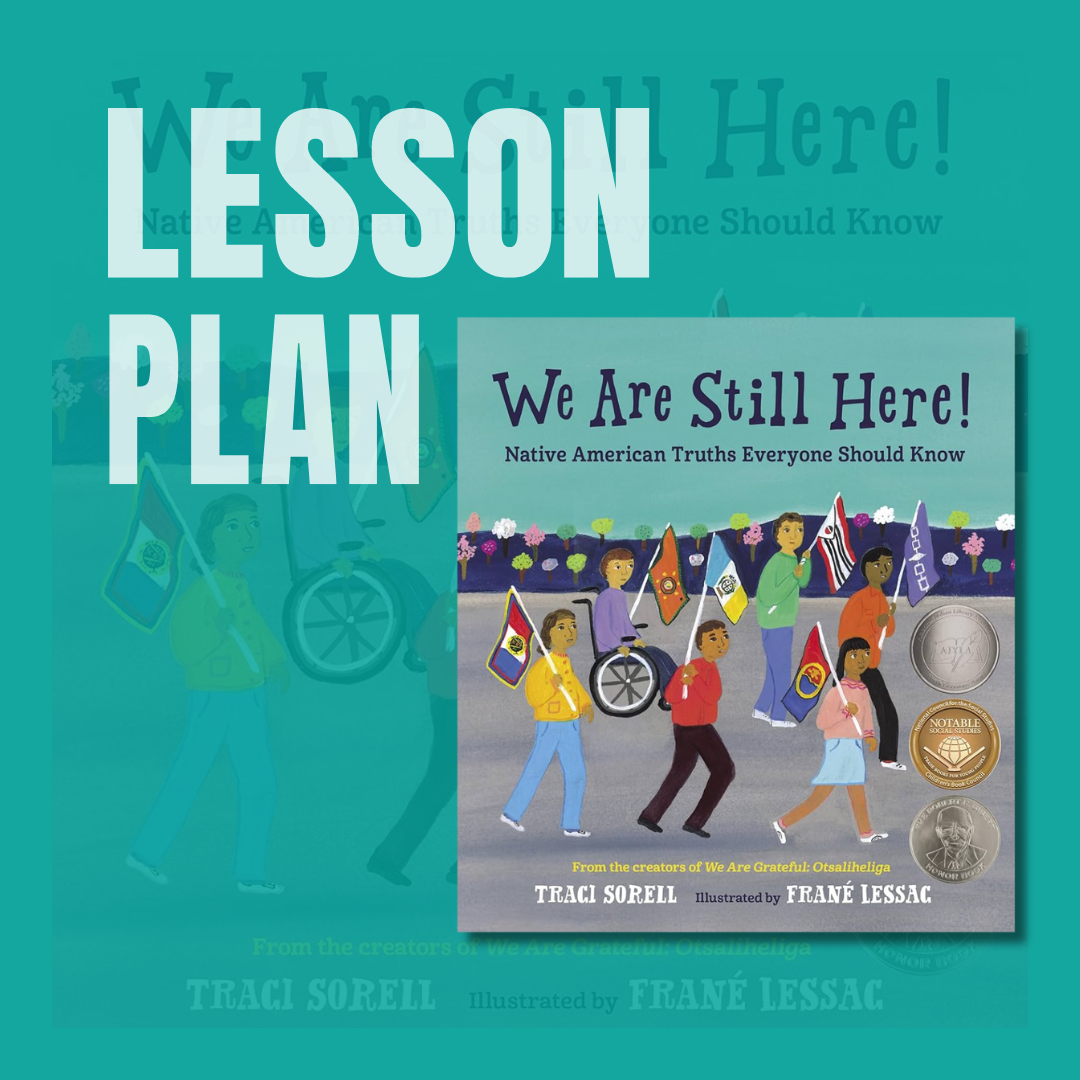
Lesson Plans for Every Classroom
What are you looking for today?

Understanding the Crisis of Missing and Murdered Indigenous Women and Girls (MMIWG)
The Missing and Murdered Indigenous Women (MMIW) crisis, sometimes also called Missing and Murdered Indigenous Women and Girls (MMIWG), is an effort and movement to raise awareness and seek justice for the violence against Indigenous women and girls in North America. It also aims to draw attention to the high rates of disappearances and murders of Indigenous women and girls. This lesson provides an opportunity to learn more about this crisis and the reasons for the disproportionality, explore what stakeholders can do to address it and reflect on works of art aimed at raising awareness.

The Purpose of Women's History Month
Women’s History Month is celebrated and commemorated every year in March. The goal of Women’s History Month is to recognize the contributions and accomplishments of women throughout history and to highlight gender inequities and the ways they have been and continue to be challenged. Women’s History Month officially began in 1980 when President Jimmy Carter proclaimed the week of March 8 Women’s History Week. In 1987, Congress passed a law that authorized the President to proclaim March as Women’s History Month, changing it from a week-long celebration to a full month. This lesson provides an opportunity for students to learn more about the goals and origins of Women’s History Month, explore how sexism manifests in the U.S. and around the globe and reflect on how to commemorate Women’s History Month in March and beyond.

Trailblazers, Changemakers, and Visionaries: Exploring Black History Month
Black History Month is celebrated and commemorated every year in February. In 1926, Dr. Carter G. Woodson organized the first history week and fifty years later in 1976, President Gerald Ford officially recognized "Black History Month" for the first time. The purpose of this dedicated month is to commemorate Black history and culture and celebrate Black individual and group accomplishments and achievements. This lesson provides an opportunity for students to learn more about Black History Month and its history, reflect on the importance of commemorative themed months and consider different ideas about how to commemorate the month and beyond.

Exploring Antisemitism and Interrupting Hate
Antisemitism is often referred to as the “longest form of hatred.” A lot of people think that antisemitism first appeared with the Holocaust and then went away after WWII, but it’s actually a system of bias that has persisted and evolved throughout time. This lesson invites students to explore how antisemitism has manifested across different eras, and provides an opportunity to think through ways that they can interrupt antisemitism and other forms of hate in their everyday lives.

Bridging Past and Present: Lessons from Native American Heritage Month
Native American Heritage Month is celebrated and commemorated every year during November. The purpose of this dedicated month is not only for Indigenous peoples to celebrate their history, culture, heritage and traditions. Native American History Month is also a time to educate others about tribal nations and recognize the history, accomplishments and contributions of Native people. This lesson provides an opportunity for students to learn more about Native American Heritage Month, reflect on past and current day issues facing Native American people, analyze the evolution of language used to describe Indigenous peoples and consider different ideas about how to commemorate the month and beyond.

Latinx and Complex
This lesson explores the origins and meanings of the terms Hispanic, Latino/a, Latinx, and Afro-Latino/a/x to critically understand the diversity within the Latino community. Research shows that about 68% of Latinos in the U.S. identify as Hispanic, while a significant portion prefers the term Latino/a or LatinX, reflecting personal and cultural preferences (Pew Research Center, 2020). Generational perspectives significantly influence how these identities are perceived. Among immigrant Latinos, 65% identify with their country of origin, but this drops to 36% for second-generation Latinos and just 26% for those in the third generation or higher, who are more likely to identify as "American" (Pew Research Center). This lesson will broaden students’ understanding of the relationship between identity and language and foster a deeper appreciation for the nuances within the Latino community.

Indigenous Peoples’ Day
Indigenous Peoples’ Day was first proposed by Indigenous people at a 1977 United Nations conference. Their goal in proposing this day was to prevent bias and discrimination against Indigenous people and also to counter the inaccurate story that Christopher Columbus “discovered” the Americas. Many states, by law and proclamation, officially celebrate Indigenous Peoples’ Day. And yet, many people don’t know much about the history, cultures, heritages and traditions of Indigenous peoples. This lesson plan provides an opportunity for students to learn what Indigenous Peoples’ Day is, understand the holiday’s history and explore various aspects of Indigenous people.

What is LGBTQIA+ History Month?
LGBTQ+ History Month is commemorated every year in October and was created in 1994 by Rodney Wilson, a gay high school history teacher in Missouri. Wilson believed that a month should be dedicated to the celebration of gay and lesbian history. October was chosen to coincide with other existing traditions in October, such as Coming Out Day on October 11 and the first March on Washington for Lesbian and Gay Rights on October 14, 1979. This lesson provides an opportunity for students to learn more about LGBTQ+ History Month and its origins, reflect on aspects of LGBTQ+ history to explore and identify one aspect of LGBTQ+ history to research in more depth.

Celebrating and Commemorating Hispanic Heritage Month
National Hispanic Heritage Month is a month-long celebration in the U.S. that honors the history, contributions and achievements of Hispanic American people. It takes place every year from September 15-October 15. Schools, communities and people celebrate National Hispanic Heritage (NHHM) in a variety of ways.This lesson provides an opportunity for students to learn more about National Hispanic Heritage Month, explore why we honor commemorative months about specific identity groups and communities, analyzes the language used to describe the Hispanic/Latino community and considers different ideas about how to commemorate the month and beyond.
